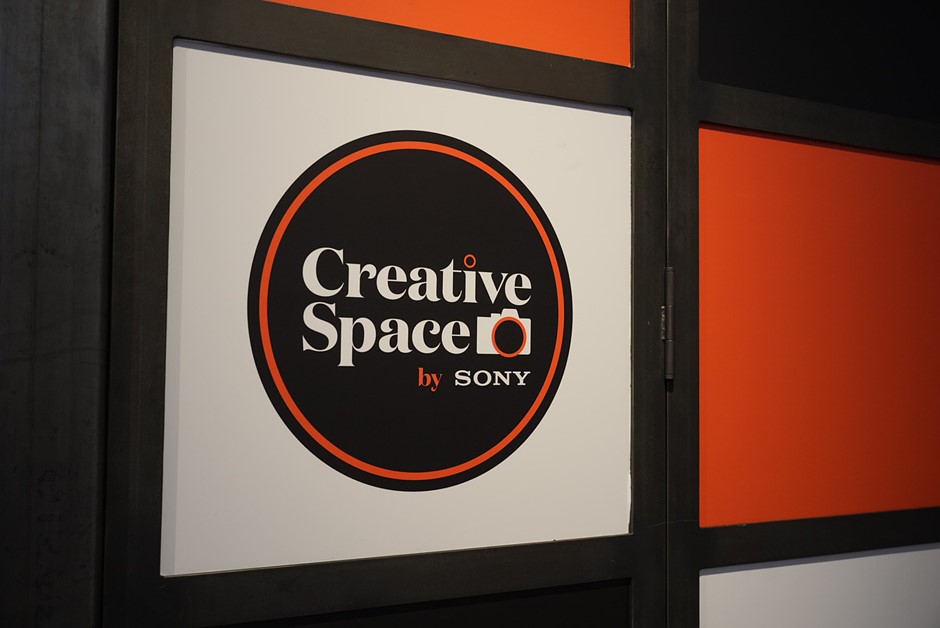Sony a9 III
Sony has announced the Alpha 9 Mark III, the world’s first full-frame camera with a global shutter. It can shoot at 120 fps with no blackout and a maximum shutter speed of 1/80,000 sec.
It’s a 24.6MP camera that Sony says doesn’t compromise on ISO performance or dynamic range. The global shutter means photos with zero distortion of movement. It promises 8EV of in-body stabilization.
The a9 II is built around the latest Bionz XR processors, giving eight times as much power as the a9 II.
The a9 III can shoot 120 fps with full AF conducting calculations between each shot. It can continue this for 1.6secs of 14-bit Raw files: 192 frames and 6Gb/s. It can pre-buffer for up to 1 sec, giving a preemptive 120 frames of pre-capture. The camera includes a ‘Speed Boost’ custom button to prompt the camera to jump from a slower rate up to 120 fps.
CMOS sensors with a global shutter have been available for several years but haven’t been able to offer as much dynamic range as conventional, progressive-scan designs. The emergence of Stacked CMOS technology provides enough space for the added circuitry that global shutter designs need on one layer, while also allowing enough space for electron storage, helping relieve this DR restriction.
The global shutter means the a9 III can sync at up to 1/80,000 sec and eliminates the need for High Speed Sync, and allows this feature with third-party flashes. It also means there’s no risk of banding from artificial lights, but the camera has an ‘Anti-Flicker’ mode that syncs the shutter with the bright point in the light’s cycle, to avoid inconsistent exposure.
It’s rated to focus down to -5EV with an F1.8 aperture lens. It adds smaller AF points, alongside Sony’s subject recognition modes.
On the video side, it can shoot 4K/60p taken from 6K capture and 4K/120p without any crop. It includes options such as 10-bit 4:2:2 capture, the S-Cinetone profile and ’16-bit’ Raw video output over HDMI.
The a9 III has a 2K-dot 3.2″ rear screen with full articulation and a tilt-out cradle. It’s the same setup as the a7R V and includes an LCD panel which covers the DCI P3 color gamut. It features a 9.44M dot OLED viewfinder with 0.9x magnification. It can run at full resolution at 120fps or with a reduced resolution at 240fps.
Sony says it’s moved the shutter button to improve ergonomics, as well as adding a fifth function button to the front of the camera. The optional battery grip’s ergonomics have also been reworked and the battery performance boosted by 15% by treating the two included batteries as a single entity, rather than discharging one and then the other.
The a9 III will be available from Spring 2024 at a recommended price of $5999.
What is a global shutter?
Global shutter is a method of ending an exposure where all the image data is captured simultaneously. This is distinct from most existing shutter systems (electronic and mechanical) that start and end progressively: working their way across the sensor.
There are multiple benefits to such a system, with the most obvious being the elimination of the rolling shutter distortion effect often seen on video and with slow electronic (progressive) shutters.
But another major benefit is that a global shutter can sync with flash at almost any shutter speed. With global shutter it’s the duration of the flash burst that becomes the limitation, rather than the length of time it takes to close the shutter (which in turn dictates the shortest period where the whole sensor is exposed). Sony says the a9 III can sync at all shutter speed (all the way up to 1/80,000 sec).
A global shutter also eliminates the banding that can occur with progressive shutters under flickering lights. Because the image is all captured at exactly the same moment, you don’t capture different parts of a light’s flicker cycle in different parts of the image. You might capture an image of an LED sign board refreshing, if you use a very high shutter speed, but that’s an issue with the LEDs, not the camera, which is accurately capturing a single moment in time.
It also says it will be introducing firmware updates to the a7S III and the a1, adding features such as breathing compensation. The a7S III will also gain DCI 4K capture. Sony says it will also add the ability to continuously shoot with shutter speeds at up to 1/80,000 sec in a firmware update.
All three cameras will also add C2PA authentication metadata.
As part of the launch, Sony has announced the FE 300mm F2.8 GM OSS. It weighs 1470g (51.9oz), making it the lightest in its class, the company says. This is the same weight as the original 70-200mm F2.8 GM. The company also says it’s designed to be balanced with the camera attached.
FE 300mm F2.8 GM OSS
The 300mm F2.8 GM OSS has two XD linear motors to allow it to focus fast enough to work with the a9 III.
The 300mm F2.8 will also cost $5999 and will also be available in Spring 2024.
Sony event video:

